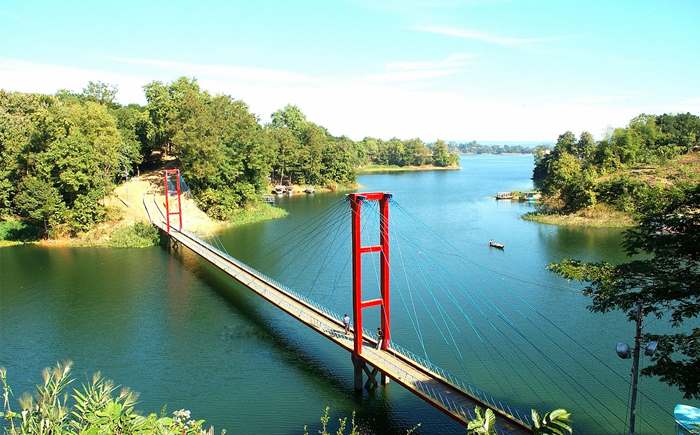
The Hanging Bridge in Rangamati, Bangladesh, also known as the "Jhulonto Bridge," has a fascinating history and significant cultural importance. The Hanging Bridge was constructed in the 1980s as a vital transportation link across the Kaptai Lake in Rangamati. Its construction was a response to the geographical challenges posed by the lake, which created barriers for travel and communication between communities on its opposite shores. This 335 feet long bridge was designed to provide a safe passage for pedestrians, cyclists, and small vehicles, facilitating easier access between different parts of Rangamati.
The Hanging Bridge serves as a crucial transportation route, connecting people from various communities on both sides of the Kaptai Lake. It plays a vital role in facilitating the movement of goods, services, and people, contributing to the socio-economic development of the region.
The bridge has become a popular tourist attraction in Rangamati, drawing visitors who come to admire its scenic beauty and engineering marvel. Tourists often stroll across the bridge to enjoy panoramic views of the lake and surrounding landscape, making it a must-visit destination in the area.
The Hanging Bridge has emerged as a symbol of resilience and innovation, representing the ingenuity of the local community in overcoming geographical obstacles. It reflects the cultural heritage and spirit of the people of Rangamati, serving as a point of pride for residents and visitors alike. Hence it is called the ‘Symbol of Rangamati’ or ‘Symbol of Lal Paharir Desh’.
Beyond its practical utility, the Hanging Bridge fosters social connections and cohesion among the diverse communities living around the Kaptai Lake. It provides a space for interaction and exchange, strengthening bonds and fostering a sense of unity among residents.
On the other side of the bridge there is a kids zone, where children can play. Tickets must be purchased, in order to enjoy boat rides.
Overall, the Hanging Bridge in Rangamati holds historical significance as a vital transportation link, a popular tourist attraction, a cultural icon, and a symbol of community connection. Its presence has contributed to the development and identity of Rangamati, making it a cherished landmark in the region.

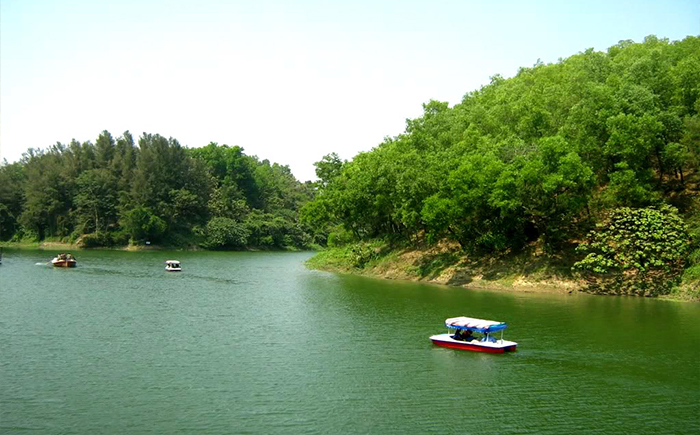
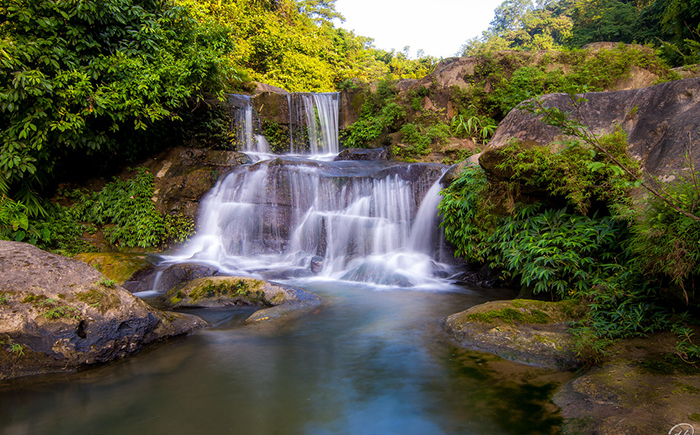
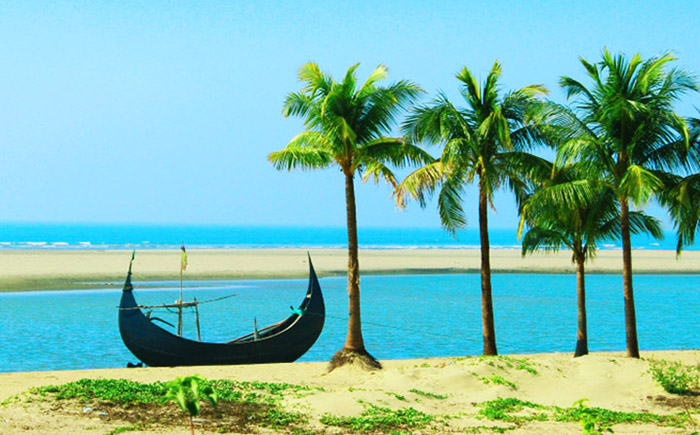
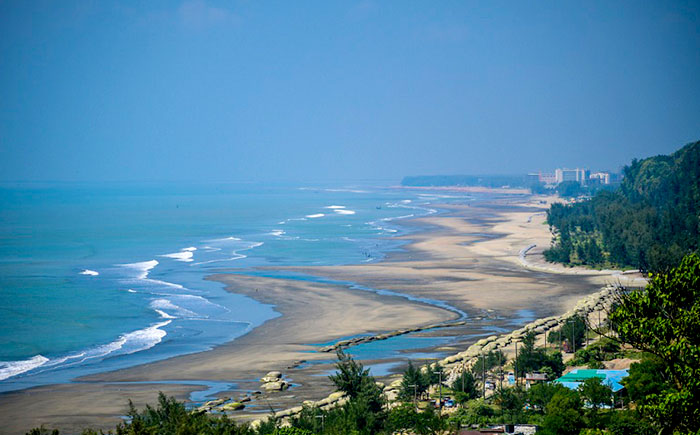
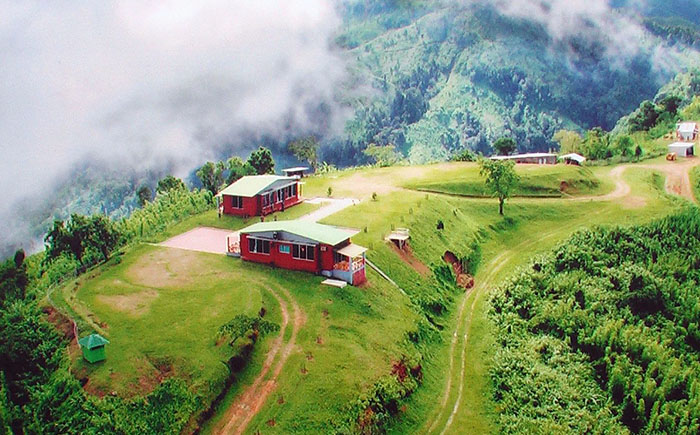
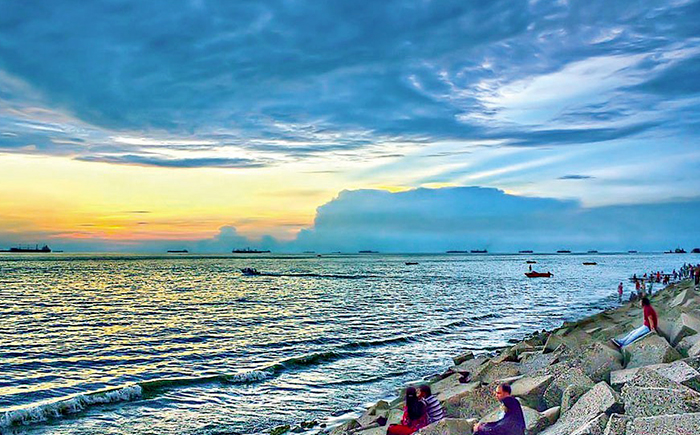


-2024-02-11-18-57-33.jpg)

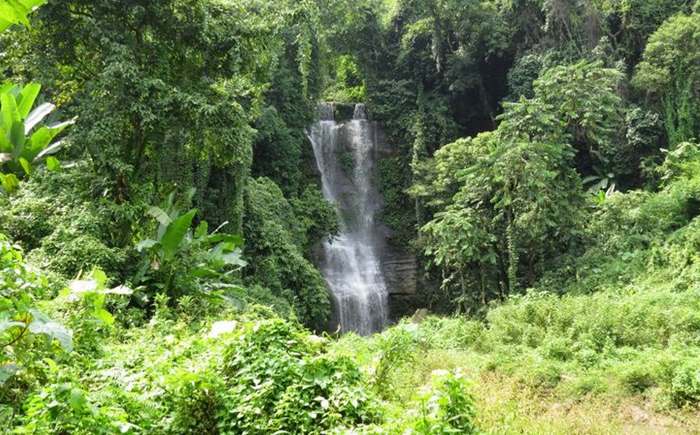

Leave your valuable comments: